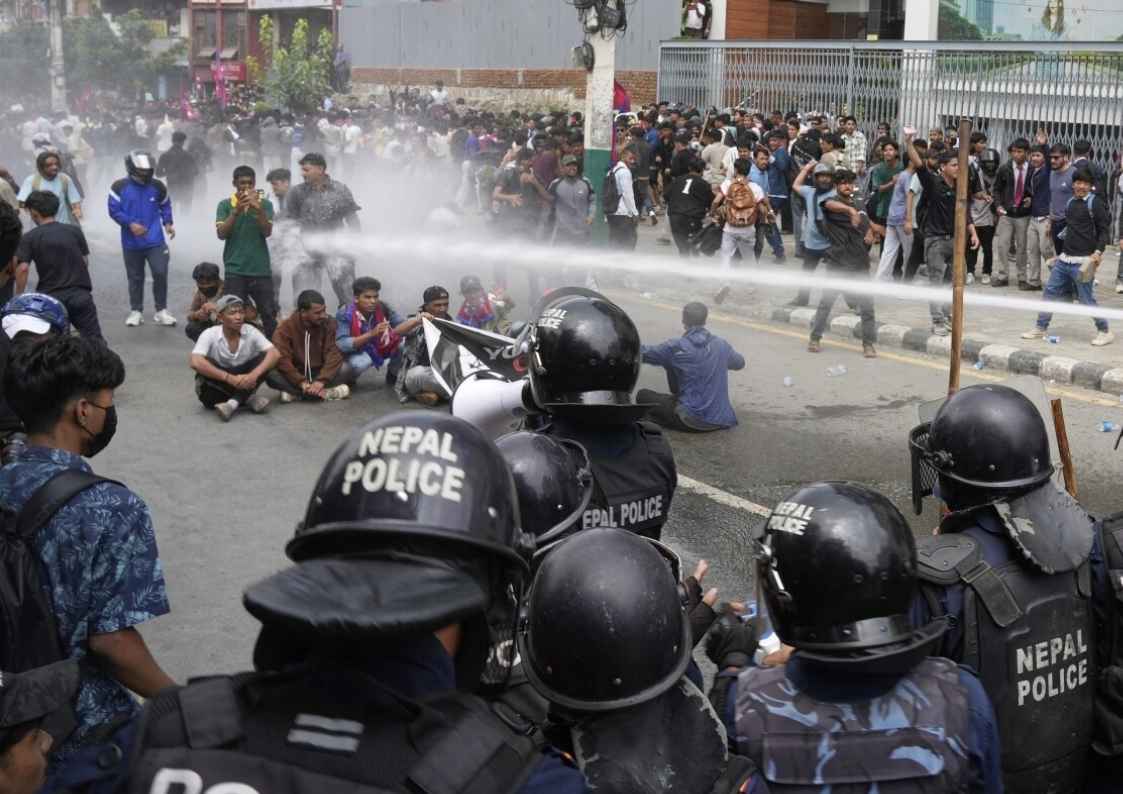KATHMANDU, Nepal: The political landscape of Nepal has plunged into turmoil after Prime Minister K.P. Sharma Oli abruptly resigned amid violent anti-corruption protests led largely by the youth. What has added fuel to the fire is Oli’s sudden disappearance following his resignation, leaving the nation in shock and uncertainty.
The protests, ignited by growing anger over corruption scandals and a controversial ban on social media platforms like Facebook and YouTube, quickly spiraled into chaos. Demonstrators—many from the so-called “Gen Z movement”—stormed major government institutions, torching the parliament, Supreme Court, and even targeting the President’s residence. Reports confirm that at least 19 lives were lost, including both protesters and security officials, in some of the worst violence Nepal has seen in recent years.
As tensions escalated, enraged crowds set fire to Oli’s residence, and his whereabouts have remained unknown since. His sudden vanishing act has only deepened the crisis, raising fears of further instability. Despite lifting the social media ban, the government failed to calm public anger, and the unrest spread across Kathmandu and beyond.
In an unusual move, both the Nepal Army and President Ramchandra Paudel issued urgent appeals for restraint, calling on all sides to pursue dialogue over violence. The United Nations and neighboring India have also expressed concern, urging Nepal’s leadership to quickly restore order and protect democratic institutions.
The crisis has created a dangerous power vacuum, with no clear roadmap for political stability. Analysts warn that unless the ruling elite listens to the demands of the youth and undertakes real reforms, Nepal could face prolonged unrest and deeper divisions.
This story has been reported by PakTribune. All rights reserved.



